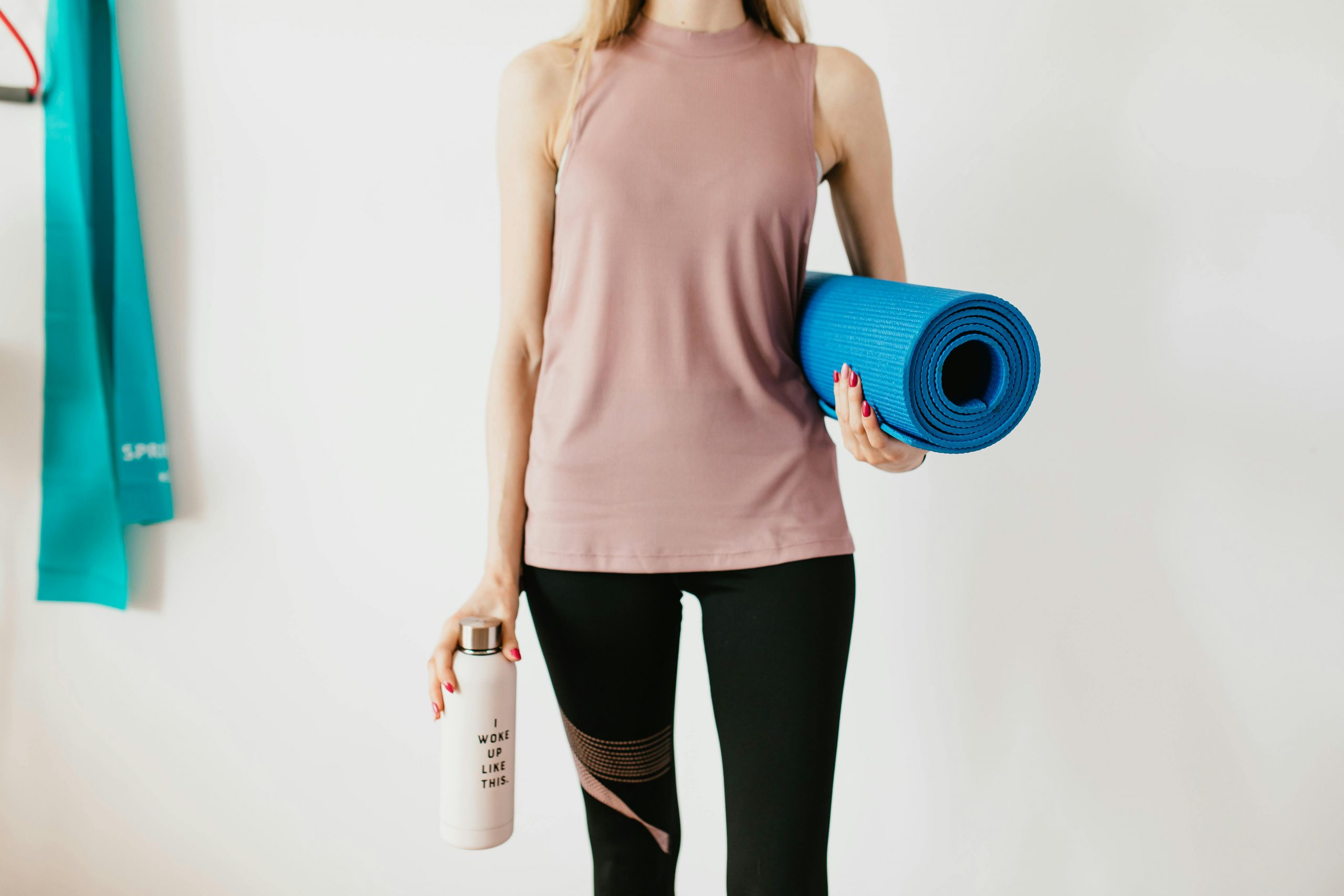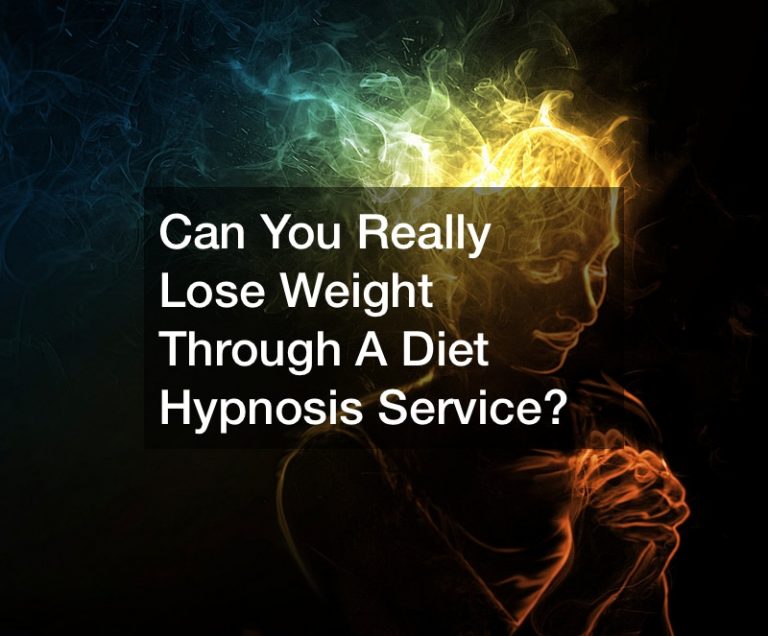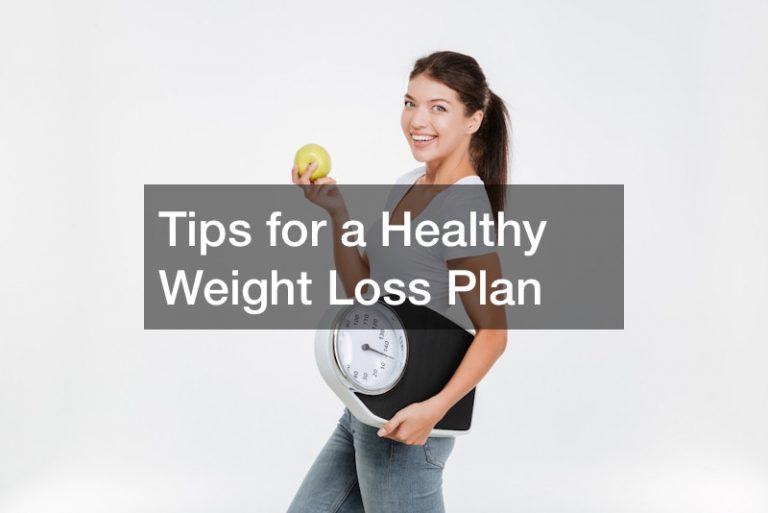
Pilates is a form of low-impact exercise that focuses on strengthening your muscles, especially your core. It also helps improve flexibility, posture, and balance. Created by Joseph Pilates in the early 1900s, this workout method has gained popularity for its gentle movements and powerful results.
But one question many people ask is: Is Pilates good for weight loss? The answer depends on your goals, how you practice it, and your overall lifestyle.
This article breaks down how Pilates affects your body, how it fits into a weight loss plan, and how to get the best results.
How Pilates Works
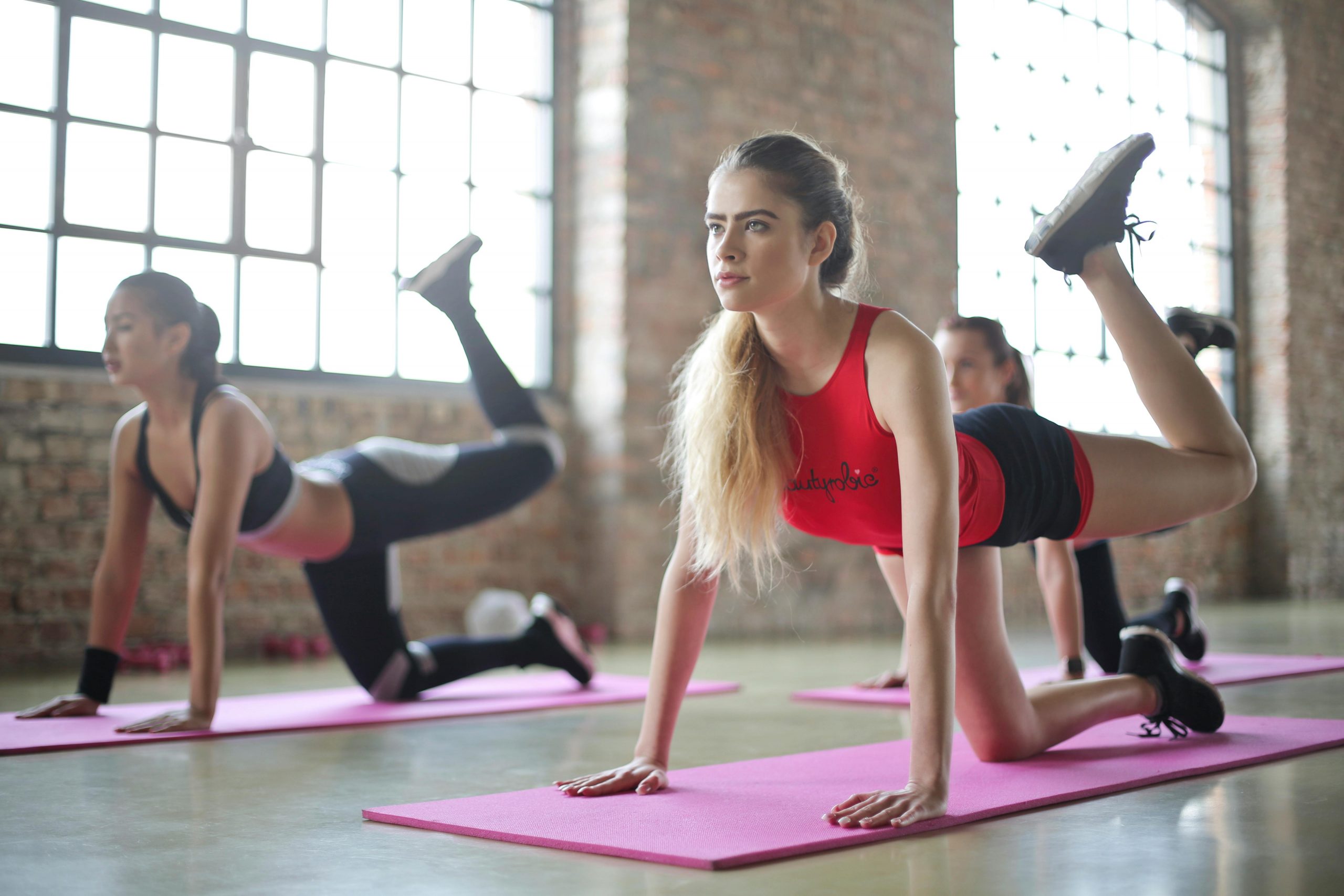
Pilates involves controlled movements that target different muscle groups. It can be done on a mat or using special equipment like a reformer. Each move focuses on proper form, deep breathing, and slow, intentional motion.
Types of Pilates
- Mat Pilates: Uses a mat and your body weight for resistance.
- Reformer Pilates: Uses a machine with springs and pulleys to increase resistance.
- Contemporary Pilates: Combines classic techniques with modern fitness methods.
Do Pilates Burn Calories?
Yes, Pilates does burn calories—just not as many as high-intensity workouts like running, cycling, or HIIT. Still, it offers a steady burn that can support weight loss, especially when done regularly and combined with other healthy habits like mindful eating and staying active throughout the day.
Here’s an estimate of how many calories you can burn in a 50-minute Pilates session (this varies based on your body weight and workout intensity):
- Beginner mat class – burns around 175 to 250 calories
- Intermediate class – burns around 250 to 350 calories
- Reformer class – burns around 300 to 400 calories
Even though the numbers are lower compared to some other workouts, Pilates has lasting benefits. It strengthens muscles, improves posture, boosts flexibility, and helps reduce stress—all of which support a healthier lifestyle and can lead to sustainable weight loss over time.
So while Pilates may not be your main calorie-burning tool, it plays an important role in creating a body that’s stronger, more balanced, and more efficient at burning energy.
How Pilates Supports Weight Loss
Here are several ways Pilates contributes to weight loss:
1. Builds Lean Muscle
Pilates focuses on slow, controlled movements that target your core, legs, glutes, and arms. This helps you build long, lean muscle without adding bulk. Muscle tissue burns more calories than fat—even when you’re resting. Over time, as you build more muscle through regular Pilates sessions, your metabolism naturally increases, helping you burn more calories throughout the day.
2. Improves Posture and Core Strength
Pilates is well known for strengthening your core muscles, including your abdominals, lower back, and pelvic floor. A strong core supports good posture, which helps you move more efficiently and reduces your risk of injury. Better posture also improves your alignment during exercise, allowing you to get the most out of every movement and potentially increasing your calorie burn.
3. Enhances Mind-Body Connection
Pilates encourages deep breathing, mental focus, and body awareness. This helps you become more in tune with how your body feels, when you’re hungry, and when you’re full. It also increases your awareness of emotional triggers that may lead to overeating. With practice, this connection can lead to better eating habits and a more mindful approach to your overall health.
4. Reduces Stress
Pilates incorporates calming, focused movements and breathing techniques that help reduce stress levels. When you’re less stressed, your body produces less cortisol—a hormone linked to weight gain, especially around the belly. Lowering your cortisol through regular Pilates can help prevent emotional eating and reduce fat storage over time.
5. Increases Flexibility and Mobility
Pilates stretches and strengthens your muscles, increasing your overall flexibility and range of motion. This makes everyday activities easier and more enjoyable, which can lead to more consistent physical activity outside of your workouts. Being more mobile encourages daily movement—like walking, biking, or playing with your kids—all of which contribute to long-term calorie burn and healthy weight management.
Is Pilates Good for Weight Loss Compared to Other Workouts?
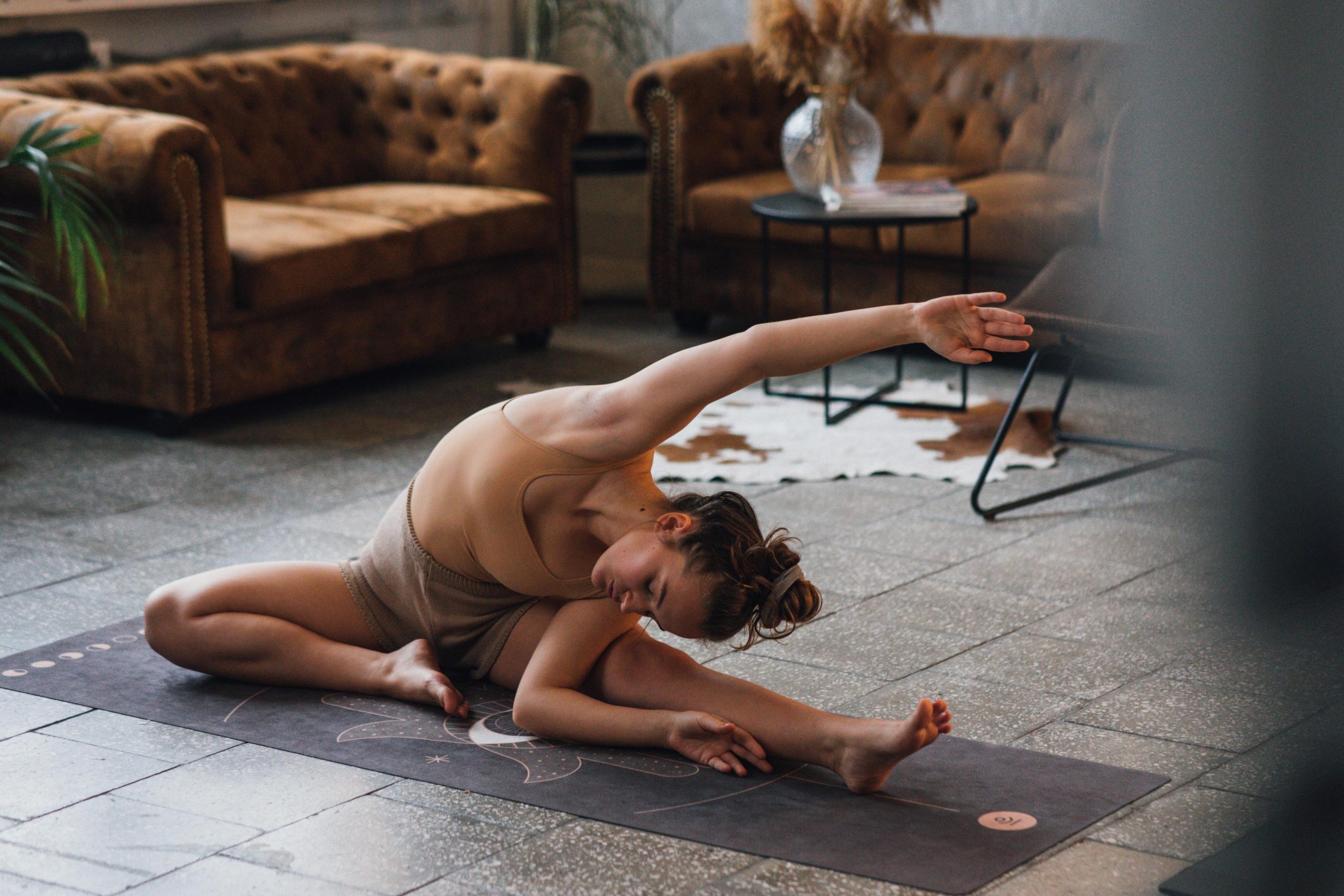
When asking if Pilates is good for weight loss, it helps to compare it with other common forms of exercise. A typical 50-minute Pilates session burns about 175–400 calories, depending on the intensity. While it doesn’t burn as many calories as some cardio-focused workouts, it can still support weight loss when paired with a healthy diet and consistent routine.
Running at 6 mph, for example, burns about 450–700 calories in 50 minutes, making it one of the most effective cardio workouts. High-Intensity Interval Training (HIIT) tops the list with a burn rate of 500–800 calories and an added afterburn effect. Yoga offers a lower calorie burn—around 180–360 calories—but supports flexibility and stress relief. Strength training burns about 250–500 calories and builds muscle, which boosts your metabolism over time.
Pilates might not burn the most calories per session, but it contributes to weight loss by improving posture, strengthening the core, and lowering stress levels—factors that support a sustainable fitness journey.
Calorie Burn Comparison (Approx. 50-Minute Session):
- Pilates: 175–400 calories — Good support for weight loss when combined with healthy habits
- Running (6 mph): 450–700 calories — Excellent for fat burning and cardiovascular health
- HIIT: 500–800 calories — Highest calorie burn and strong afterburn effect
- Yoga: 180–360 calories — Moderate support with added mental health benefits
- Strength Training: 250–500 calories — Builds lean muscle and increases metabolism
Combining Pilates with Cardio for Better Results
For the best weight loss results, it’s helpful to pair Pilates with regular cardiovascular exercise. Cardio helps you burn calories and fat, while Pilates builds strength, improves posture, and tones your muscles. Together, they create a balanced fitness routine that supports long-term weight loss and better overall health.
Here are a few easy ways to combine them:
- Walk or jog for 30 minutes, then follow up with 20 minutes of mat Pilates. This helps your body burn fat during cardio and then recover and strengthen during Pilates.
- Alternate days between cardio and Pilates. For example, go for a bike ride one day and take a Pilates class the next.
- Use Pilates on rest days between intense workouts like running, strength training, or HIIT. It’s low-impact but still effective for muscle engagement and flexibility.
This kind of mix works your heart, muscles, and mind—helping you stay active, prevent injuries, and lose weight in a healthy, balanced way.
Realistic Expectations
Pilates alone won’t lead to dramatic weight loss—but it will change how your body looks and feels. Most people who practice regularly notice:
- Tighter, more toned muscles
- Better posture and balance
- Reduced back pain and stiffness
- Less stress and improved mood
Over time, these changes can support your overall weight loss goals, especially when paired with a healthy diet.
Tips to Maximize Weight Loss with Pilates
If you want to get the most out of your Pilates workouts for weight loss, a few simple habits can make a big difference. Staying consistent, increasing the challenge over time, and supporting your body with healthy choices all work together to boost results.
Here are some helpful tips:
- Stay Consistent – Try to do Pilates 3 to 5 times a week. Regular practice helps you build strength and burn more calories over time.
- Progress Intensity – As you get stronger, use resistance bands, light weights, or reformer equipment to keep challenging your muscles.
- Eat Mindfully – Support your workouts by eating whole foods like fruits, veggies, lean protein, and whole grains. Don’t forget to drink plenty of water.
- Track Progress – Notice how your body feels—your posture, energy, and strength. The scale isn’t the only way to measure success.
- Add Movement Daily – On your non-Pilates days, go for a walk, ride a bike, dance, or do other fun cardio activities to keep your body moving.
With a balanced approach, Pilates can become a powerful part of your weight loss journey.
Who Should Try Pilates?
Pilates is a great workout for people of all ages and fitness levels. Whether you’re just starting out or looking for something to complement your current routine, Pilates can be a smart choice. It’s especially helpful if you need something gentle on your body but still want noticeable results.
You might benefit from Pilates if you:
- Are recovering from an injury – Pilates focuses on controlled movements that help rebuild strength without strain.
- Have joint pain or arthritis – Its low-impact nature means less pressure on joints while still improving flexibility and muscle support.
- Want a low-impact but effective workout – Pilates is easy on the body but still builds strength, balance, and endurance.
- Are new to exercise – It teaches body awareness, proper alignment, and core control—perfect for building a solid foundation.
If your main goal is weight loss, Pilates is a great place to start. Just remember to pair it with other healthy habits like balanced eating, regular cardio, and plenty of rest for the best results.
Final Thoughts: Is Pilates Good for Weight Loss?
Yes—Pilates can help with weight loss, but it’s not a quick fix. Instead of focusing on burning the most calories, it strengthens your body, improves flexibility, and reduces stress. Over time, these changes support a healthier lifestyle that leads to lasting results.
If you’re looking for a fun, low-impact workout that also makes you feel great, Pilates is a fantastic choice. Stick with it, and you’ll likely notice the difference—not just on the scale, but in how you move, feel, and live every day.
